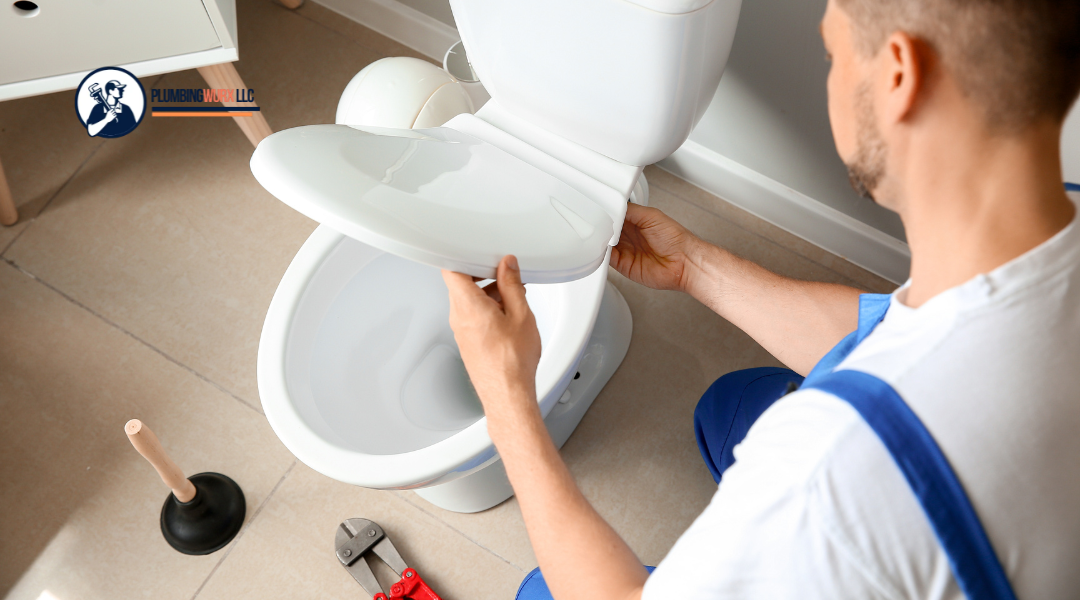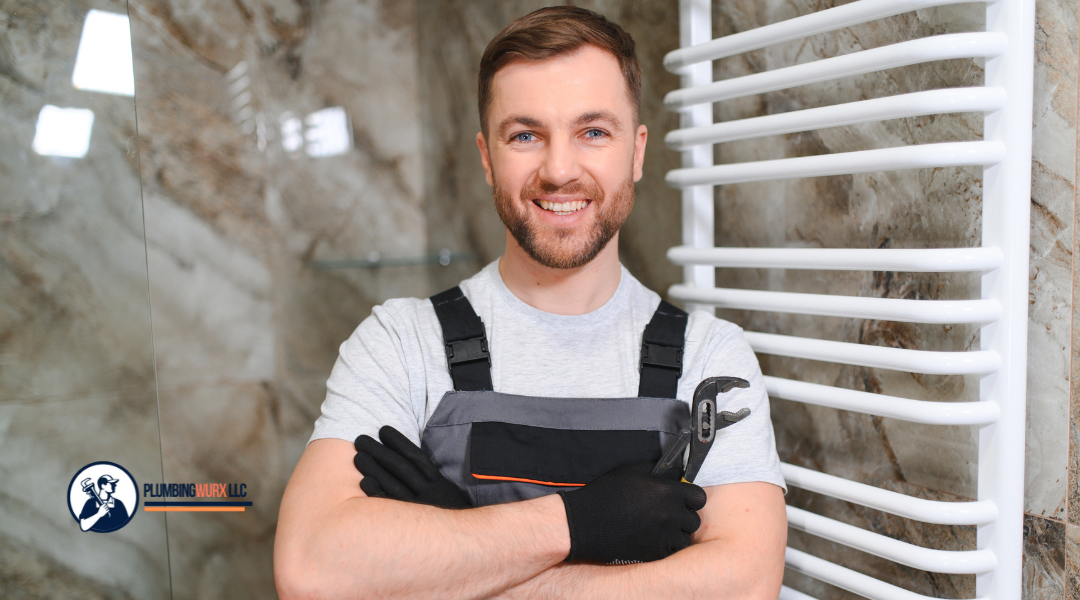We’ve all been there—walking into a room and being hit with that unmistakable musty smell. Whether it’s from a recent flood, a leaky pipe, or an unnoticed spill, water damage doesn’t just leave stains; it leaves stubborn odors that linger long after the water is gone.
These smells aren’t just unpleasant—they can be signs of deeper issues like mold or mildew. If you’re dealing with that persistent damp scent that just won’t go away, you’re not alone—and the good news is, there are effective ways to tackle it.
5 Causes of Persistent Smells From Water Damage
1. Mold and Mildew Growth
When moisture seeps into drywall, carpets, or subfloors, it creates the perfect environment for mold and mildew. These fungi produce strong, musty odors and can begin to grow within 24 to 48 hours of water exposure. If left untreated, the smell can intensify and even pose health risks.
2. Saturated Building Materials
Wood, drywall, insulation, and other porous materials can absorb water deeply. Even if the surface appears dry, the inner layers may still be damp, trapping moisture and organic matter that lead to sour or earthy odors over time.
3. Contaminated Water Sources
Not all water damage is clean. Water from floods, sewage backups, or broken appliances may contain bacteria, chemicals, or waste. These contaminants can seep into surfaces and fabrics, leaving behind foul odors long after the water is gone.
4. Carpet and Upholstery Residue
Carpets and upholstered furniture can act like sponges during a water event. If not thoroughly cleaned and dried, these materials can develop lingering smells from mold, mildew, and bacteria. Padding underneath the carpet is especially prone to holding moisture.
5. Improper or Incomplete Drying
Sometimes, the source of the smell is simply poor drying practices. If water-damaged areas weren’t dried thoroughly—or too quickly using heat without proper airflow—moisture can remain hidden behind walls or under floors, fostering unpleasant smells.
3 Steps to Odor Control After Water Damage
At Plumbingwurx, we know that lingering odors are more than just a nuisance—they’re often signs of hidden moisture, mold, or contaminated materials. That’s why we take a comprehensive approach to odor control, targeting the root of the problem with proven strategies and professional-grade equipment.
1. Deep Cleaning and Professional Deodorizing
Our expert team uses commercial-grade antimicrobial and odor-neutralizing products to eliminate smells at their source—not just mask them. We thoroughly clean all affected areas, including floors, walls, and structural materials, using specialized equipment that penetrates deep into surfaces. From steam cleaning to fogging treatments, we tailor our approach to the specific materials and extent of the damage.
2. Safe Removal of Contaminated Materials
If materials like drywall, insulation, or carpet padding are too saturated to be saved, we’ll handle the safe removal and disposal for you. Our technicians carefully identify and extract damaged components that are likely to hold moisture or contribute to ongoing odor issues. This step is key to preventing mold growth and structural deterioration.
3. Advanced Drying and Dehumidification
Using high-powered air movers and professional dehumidifiers, we dry the affected area thoroughly and efficiently. We also monitor humidity levels throughout the process to ensure your property returns to a safe, dry state. In cases of severe odor, we may deploy ozone or hydroxyl treatments for complete air purification.
Preventing Future Odors After Restoration
At Plumbingwurx, we believe the job isn’t finished when the water is gone and the space looks dry, signaling unresolved moisture issues that could resurface weeks or even months later.
That’s why we take a comprehensive approach to prevention—targeting not just the symptoms but the sources. Our team uses industry-best practices to ensure your home or property stays clean, dry, and odor-free long after the restoration work is complete.
Mold Prevention Strategies
Mold and mildew are leading causes of persistent odors after water damage. Even a small patch of hidden mold can produce a strong, musty smell—and pose health risks for occupants.
At Plumbingwurx, we don’t just treat visible mold; we take proactive steps to stop it from forming in the first place.
- Antimicrobial Treatments: We apply EPA-registered antimicrobials to disinfect and inhibit mold growth on surfaces like drywall, wood framing, subflooring, and concrete.
- HEPA Filtration & Air Scrubbing: Our air purification equipment removes airborne mold spores during and after cleanup, ensuring the air remains clean and safe.
- Moisture Detection Technology: We use thermal imaging and moisture meters to locate hidden damp spots that could support mold growth, even behind walls or under flooring.
- Containment Protocols: In cases where mold is present, we isolate affected areas using containment barriers to prevent cross-contamination during remediation.
Regular Maintenance and Moisture Monitoring
Even after restoration, ongoing maintenance is key to preventing future water damage and odors. Plumbingwurx offers tailored maintenance and moisture control solutions to ensure your property stays protected over time.
- Leak Detection & Plumbing Inspections: We check for hidden leaks in pipes, fixtures, and appliances that could lead to moisture buildup over time. Even slow drips can create odor issues if left unchecked.
- Drainage & Ventilation Assessments: Poor drainage and inadequate airflow can cause moisture to accumulate indoors. We assess your property’s drainage systems and ventilation setup to recommend improvements that prevent humidity problems.
- Moisture Monitoring Systems: For high-risk or previously affected areas, we can install long-term moisture sensors or smart home monitoring devices that alert you to rising humidity or water presence before it becomes a serious problem.
- Routine Check-Ups: We offer ongoing service plans that include periodic inspections and maintenance to ensure everything stays dry and odor-free year-round.
Take Control of Odors Before They Take Over With PlumbingWurx!
With professional-grade mold prevention, advanced drying solutions, and proactive maintenance plans, we ensure that odors don’t return—and neither does the water damage that caused them.
Call us now or visit our website to get started! With our experience in both residential and commercial plumbing, we’re equipped to handle all types of plumbing concerns. Don’t let a minor issue become a big problem. Contact us today at (301) 264-7577 or visit us at 1044 Virginia Ave, Hagerstown, MD 21740. We’re a family-owned business and pride ourselves on our quality craft and top-notch customer service!












0 Comments